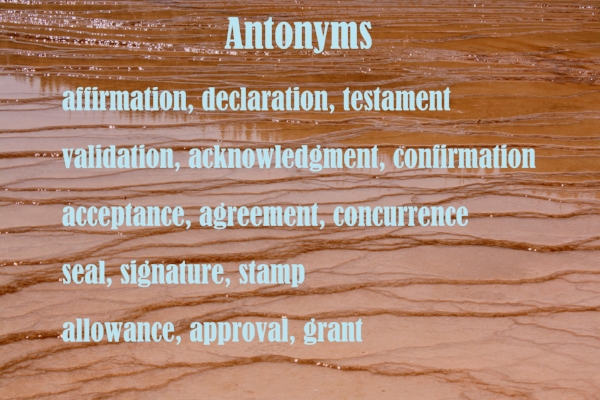Oh yes, the revision stage. Some love it. Some loathe it.
I myself have a definite love-hate relationship with it. This week, for my homework with the monthly #5amwritersclub zoom (yes, you read that right — 5 a.m.….), I was tasked to create my revision checklist from broad to defined. I revise. A lot. Ask my critique partner. I usually send her a very messy-must-get-the-words-down first draft. Then I revise the heck out of it.
I’ve talked about revision, outlining, and my Great Word Purge. But what is my actual revision process? Hmm. Good question.
What is your Revision Shape?
Do you make a checklist and go down the line?
Do you funnel down with broader/big picture aspects first (plot, characters, GMC, scenes) working toward more specific (voice, copy edits, word purges, sentence structure) ?
Do you hop all over in no set format?
Is it a circle with spokes out?
Some (of many) questions to ask when you revise:
What darlings should be killed?
Does this scene progress the story forward and support a goal, motivation, or conflict?
Are urgency and stakes addressed? How’s that tension?
How is the character arc?
Chapter endings: “but, therefore…” technique
What do I want the reader to feel? Care? Remember?
What promises have I made to the reader?
Have I answered all the questions?
How is this story read only from opposing POVs (e.g. read just the parts in one character’s POV, then another)?
Do I read aloud? Print? Give to a critique partner or beta reader (and at what point) or developmental editor? Copy editor?
Do I randomly open to a page and read (or revise)? Do I revise backwards?
How is the chapter length, dialogue?
For romance, is there a HEA? Are endings positive but unexpected? Or predictable?
How do I know I am done?
My Revision Style
I would love to say I do the funnel method, but I think my shape is more like a bullet list meets those pink blobs everywhere. I start with the bigger picture and work toward refining. Steps 3 to 7 can be out of order, a jumbled mess of things I am trying to tackle all at once. Here is my rough play by play…
I drop that manuscript into my CP’s inbox and chill for a month. She comes back with every type of edit under the sun: soggy middle, word weirdness, punctuation infatuations, lackluster character, plot holes, red flags, voice, dialogue…the works. Note: If I did not have her help at this step, I would still proceed with the following steps.
I make a list of the BIG things (cut scenes, move them around, flesh out a character, fix a plot hole, tighten the saggy middle). I then do one read through addressing these as I go. Next comes an outline to see if I hit all my beats (check out beat sheets). I write a one-page synopsis to make sure I have created a full story (GMC). Now comes analyzing characters: more GMC, urgency, stakes, positive and negative traits, fears, flaws & strengths, hobbies, ticks/mannerisms/voice, their emotional longing and shielding, how they deal with conflict, their warped perception of the world, triggers. Now to cut scenes (though this may come along earlier in the process). Add scenes. This helps pacing. Then on to the more refined revision: dialogue, cadence, description/details, grammar, crutches. Finally, the tedious word purge and copy edits.
Last but not least, some resources to help with revision. Feel free to include your favorites in the comments!
Books –
GMC: Building Blocks of Fiction (Debra Dixon): (goal, motivation, conflict, characters, scenes):
Kindle: https://www.amazon.com/GMC-Motivation-Conflict-Building-Fiction/dp/0965437108
Buy directly from press (it’s cool, I did it): https://www.gryphonbooksforwriters.com/product/sku/1/Goal-Motivation--Conflict-Dixon-Debra
Emotion Thesaurus (Ackerman and Puglisi) AND the entire Thesaurus series: for developing characters https://www.amazon.com/Emotion-Thesaurus-Writers-Character-Expression-ebook/dp/B07MTQ7W6Q
Save the Cat (writing style book series by Jessica Brody; also has website): https://www.amazon.com/Save-Cat-Writes-Novel-Writing/dp/0399579745
Eats, Shoots, and Leaves (Lynne Truss): everything punctuation https://www.amazon.com/Eats-Shoots-Leaves-Tolerance-Punctuation/dp/1592402038
Elements of Style (Strunk & White): for grammar/punctuation https://www.amazon.com/Elements-Style-William-Strunk-Jr/dp/1989862004
Self-Editing for Fiction Writers by Browne & King: https://www.amazon.com/Self-Editing-Fiction-Writers-Second-Yourself/dp/0060545690
For romance, Romancing the Beat by Gwen Hayes: https://www.amazon.com/Romancing-Beat-Structure-Romance-Kissing/dp/1530838614
New book, Revise your Draft (Joan Bouza Koster): https://www.amazon.com/gp/product/B08MFQ64CD
Programs –
Story Grid: https://storygrid.com/ for the whole suite of Story Grid stuff, but for people who are new:
https://www.youtube.com/watch?v=y3-dw9cIx2o&list=PLN9df6jf_yAvWPCA3CKuhZhoDdQIWgiFq has the five video lessons, or the podcast (especially going back to the early episodes) is helpful.
https://smile.amazon.com/Story-Grid-What-Good-Editors-ebook is a link to the Story Grid book
Websites –
Writers Helping Writers: https://writershelpingwriters.net/
Grammar Girl: https://www.quickanddirtytips.com/grammar-girl (and her books)
WordArt.com: https://wordart.com/ (for making word bubbles/lists to purge weak words)
Beat Sheets and Writing Worksheets by Jami Gold: https://jamigold.com/
Also: https://jamigold.com/2015/06/revising-without-tears-guest-rachel-funk-heller/
https://susandennard.com/for-writers/: Great writing resources generally,
But scroll down to the "On Revising" section for tools and PDFs.
Podcasts/YouTube –
Writing Excuses (by Brandon Sanderson): https://writingexcuses.com/
Alexa Donne video on Revising your Novel: https://www.youtube.com/watch?v=lAKvUwrhCr0







